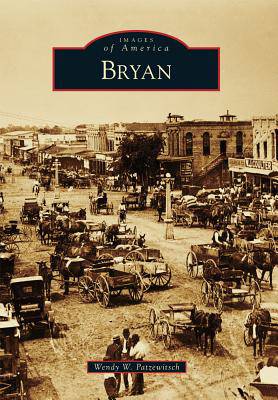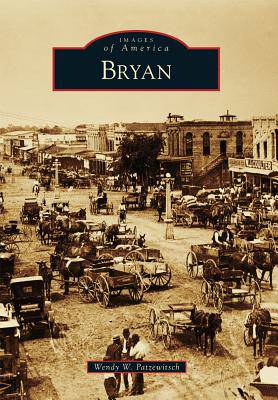
- Afhalen na 1 uur in een winkel met voorraad
- Gratis thuislevering in België vanaf € 30
- Ruim aanbod met 7 miljoen producten
- Afhalen na 1 uur in een winkel met voorraad
- Gratis thuislevering in België vanaf € 30
- Ruim aanbod met 7 miljoen producten
Zoeken
Omschrijving
Cotton was king during Bryan's early history. Many prominent planters and farmers lived on the high ground between the Brazos and Navasota Rivers in the market town of Bryan, and the cotton crop thrived in the fertile Brazos River Bottom. The railroad's arrival after the Civil War provided a link to textile mills in other parts of the world via the nearby ports of Houston and Galveston. Land availability and economic opportunity attracted settlers not only from the southeastern United States, but also from Italy and Eastern Europe. When cotton's economic dominance began to wane, other agricultural crops, livestock, a strong commitment to education, and oil and gas production diversified the local economy. As the seat of county government, and with its close proximity to Texas A&M University, Bryan today is a vibrant community strategically located in the heart of the Texas Urban Triangle.
Specificaties
Betrokkenen
- Auteur(s):
- Uitgeverij:
Inhoud
- Aantal bladzijden:
- 128
- Taal:
- Engels
- Reeks:
Eigenschappen
- Productcode (EAN):
- 9780738579573
- Verschijningsdatum:
- 28/03/2011
- Uitvoering:
- Paperback
- Formaat:
- Trade paperback (VS)
- Afmetingen:
- 163 mm x 231 mm
- Gewicht:
- 299 g

Alleen bij Standaard Boekhandel
+ 69 punten op je klantenkaart van Standaard Boekhandel
Beoordelingen
We publiceren alleen reviews die voldoen aan de voorwaarden voor reviews. Bekijk onze voorwaarden voor reviews.








